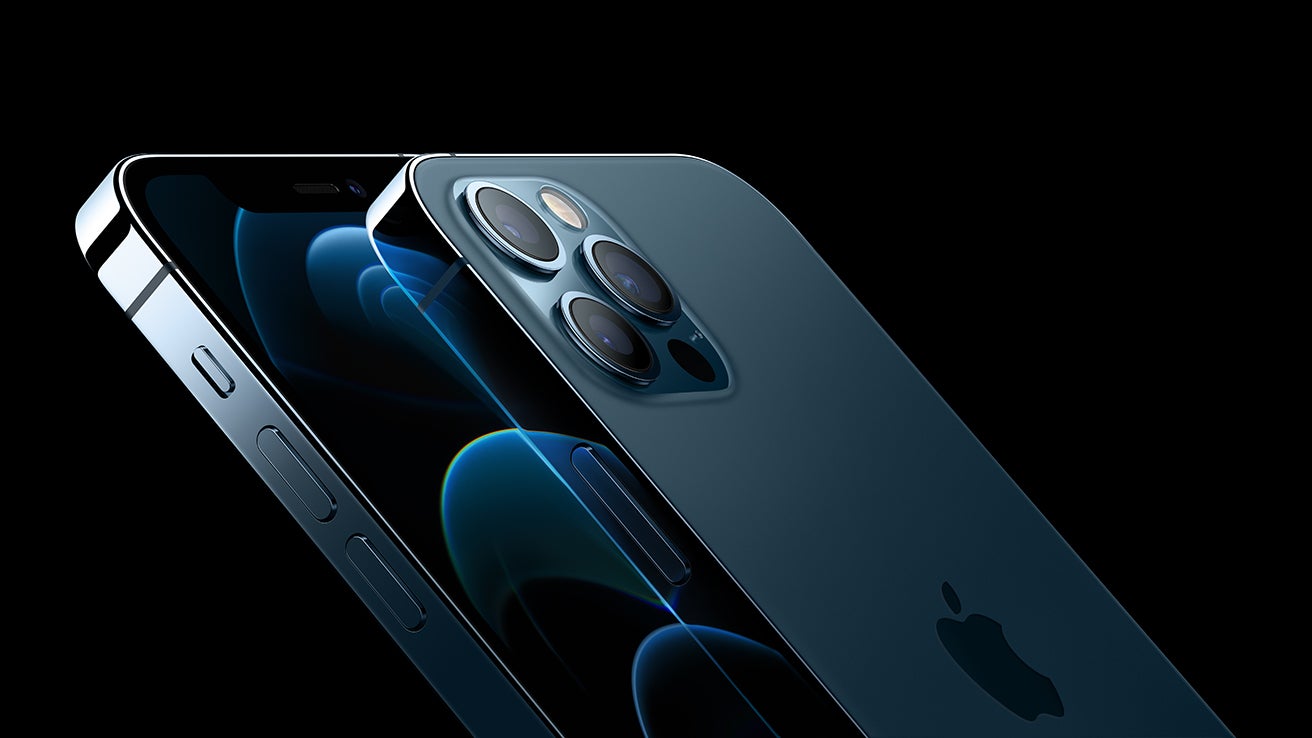
The launch of the 5G-ready iPhone 12 by Apple has been heralded by experts as a sign that there is strong consumer demand for the technology.
The iPhone 12 and its budget and high-end versions, the iPhone 12 Pro and Mini are the first handsets from Apple to support 5G.

Access deeper industry intelligence
Experience unmatched clarity with a single platform that combines unique data, AI, and human expertise.
“5G will bring a new level of performance for downloads and uploads, higher quality video streaming, more responsive gaming, real-time interactivity and so much more,” said CEO Tim Cook, at the launch event on Tuesday evening.
For experts, the announcement is a sign that consumers want access to 5G technology, despite conspiracy theories earlier in the year hampering perceptions.
“Apple launching a 5G-ready iPhone is exciting news for consumers, and indicates it believes there is now ample appetite for 5G services,” said Steve Alexander, senior vice president and chief technology officer at Ciena.
“But this isn’t the end of the story. The infrastructure providers must continue their focus on the underlying telecommunications network which supports new apps like cloud gaming and rich AR and VR experiences.”

US Tariffs are shifting - will you react or anticipate?
Don’t let policy changes catch you off guard. Stay proactive with real-time data and expert analysis.
By GlobalData5G iPhone 12 and network demand
For infrastructure providers, the arrival of a 5G iPhone is a sign of a sharp increase in demand on the horizon.
“The arrival of the iPhone 12 is a signal that 5G adoption and network roll-out will accelerate. As the world starts to look to 5G to lead the digital revolution, use cases beyond network speed will be critical,” said Avishai Sharlin, division president at Amdocs Technology.
“Over the next year, we can expect new 5G services to be developed that align with some of the big online trends that have taken centre stage during the Covid-19 pandemic. Remote working, eLearning, and online gaming could be among those 5G use cases to see the most considerable growth in the short term.”
This is expected to have an impact on how networks are developed.
“5G network development continues to drive toward high-capacity, low-latency services at scale,” said Alexander.
“Apple 5G phones will accelerate the pull from the consumers. The carriers need to continue to focus on building out their edge infrastructure, leveraging edge cloud capabilities which will mean that services can be processed closer to users, improving user experience and delivering an immersive 5G experience.”
The more advanced capabilities of 5G are also likely to be increasingly leveraged, paving way for the ‘true’ 5G experience long promised by the industry.
“As demand for new 5G services increases, we’ll see service providers rolling out network slicing to differentiate and prioritise between different types of network traffic,” said Sharlin.
“Edge computing will also become a necessity to reduce the latency and reliability of 5G services. The launch of the iPhone 12 is likely to be a catalyst for the acceleration of new apps, new demands which in turn drive network improvements over the next years.”
Read more: There’s more to 5G than speed: Why network slicing could be a game changer







